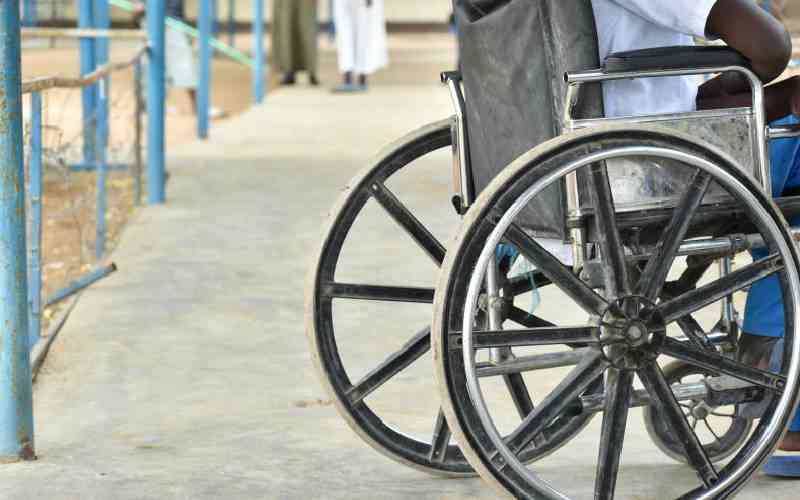By JACKSON OKOTH
KENYA: The Government plans to put up milk cooling plants in several counties across the country. This is aimed at reducing poverty.
The State has already placed international bids inviting interested firms to tender for the installation and commissioning of several refrigerated bulk milk tanks for dairy farmers. The plants will be placed in selected counties.
In a notice put out by the Ministry of Agriculture, Livestock and Fisheries, a 5000 litre tank and related accessories will be set up in Nakuru, Uasin Gishu and Nyamira Counties.
Value addition
Also to benefit from the project will be Bomet, Kisii, Nyamira, Bungoma and Kakamega counties
“The programme will increase income of poor rural households that depend solely on dairy farming through improved incomes, value addition and expanded market opportunities,” said a statement from the Ministry signed by the principal secretary.
Available figures indicate that more than 80 per cent of milk production is done by the small-scale holders. Only 20 per cent is by the medium and large-scale farmers. The setting up of more cooling plants will see that milk that is collected from farmers reaches the markets before it spoils.
“We welcome any intervention in the milk value chain especially in Kenya where per capital milk consumption is only 130 litres, below the World Health Organisation’s 250 litres,” said Alex Gathi, an expert with the National Dairy Traders Association.
“The establishment of more cooling plants will also assist in bulking, cooling and transport of milk from the farmer to processing firms.”
The setting up more milk cooling plants is happening at a time when a Feeds Bill, aimed at regulating the quality and price of animals feeds, is set to be introduced for debate in parliament. Though artificial insemination has been liberalised, the entry of quacks into the business has led to poor storage of semen.
This has raised costs for the farmer in cases where the service fails and has to be repeated.
Milk quality
While developed markets in Europe have a somatic cell count - an indicator of the quality of milk - of less than 50,000, South Africa’s is less than 500,000 while Kenya’s figures are much higher than these.
White blood cells known as leukocytes constitute the majority of somatic cells in question. Experts maintain that improvements in the value chain will ensure that only pasteurised milk is sold in the market. This is as opposed to the present practice where raw milk hawkers still control a large chunk of urban dairy markets.
Stay informed. Subscribe to our newsletter
A report released by the Kenya Dairy Board and published in August 2013 shows that the dairy industry in Kenya is smallholder based (70 per cent of milk supply), and that the dairy sector accounts for 14 per cent of Kenya’s agricultural gross domestic product.
 The Standard Group Plc is a
multi-media organization with investments in media platforms spanning newspaper
print operations, television, radio broadcasting, digital and online services. The
Standard Group is recognized as a leading multi-media house in Kenya with a key
influence in matters of national and international interest.
The Standard Group Plc is a
multi-media organization with investments in media platforms spanning newspaper
print operations, television, radio broadcasting, digital and online services. The
Standard Group is recognized as a leading multi-media house in Kenya with a key
influence in matters of national and international interest.
 The Standard Group Plc is a
multi-media organization with investments in media platforms spanning newspaper
print operations, television, radio broadcasting, digital and online services. The
Standard Group is recognized as a leading multi-media house in Kenya with a key
influence in matters of national and international interest.
The Standard Group Plc is a
multi-media organization with investments in media platforms spanning newspaper
print operations, television, radio broadcasting, digital and online services. The
Standard Group is recognized as a leading multi-media house in Kenya with a key
influence in matters of national and international interest.









